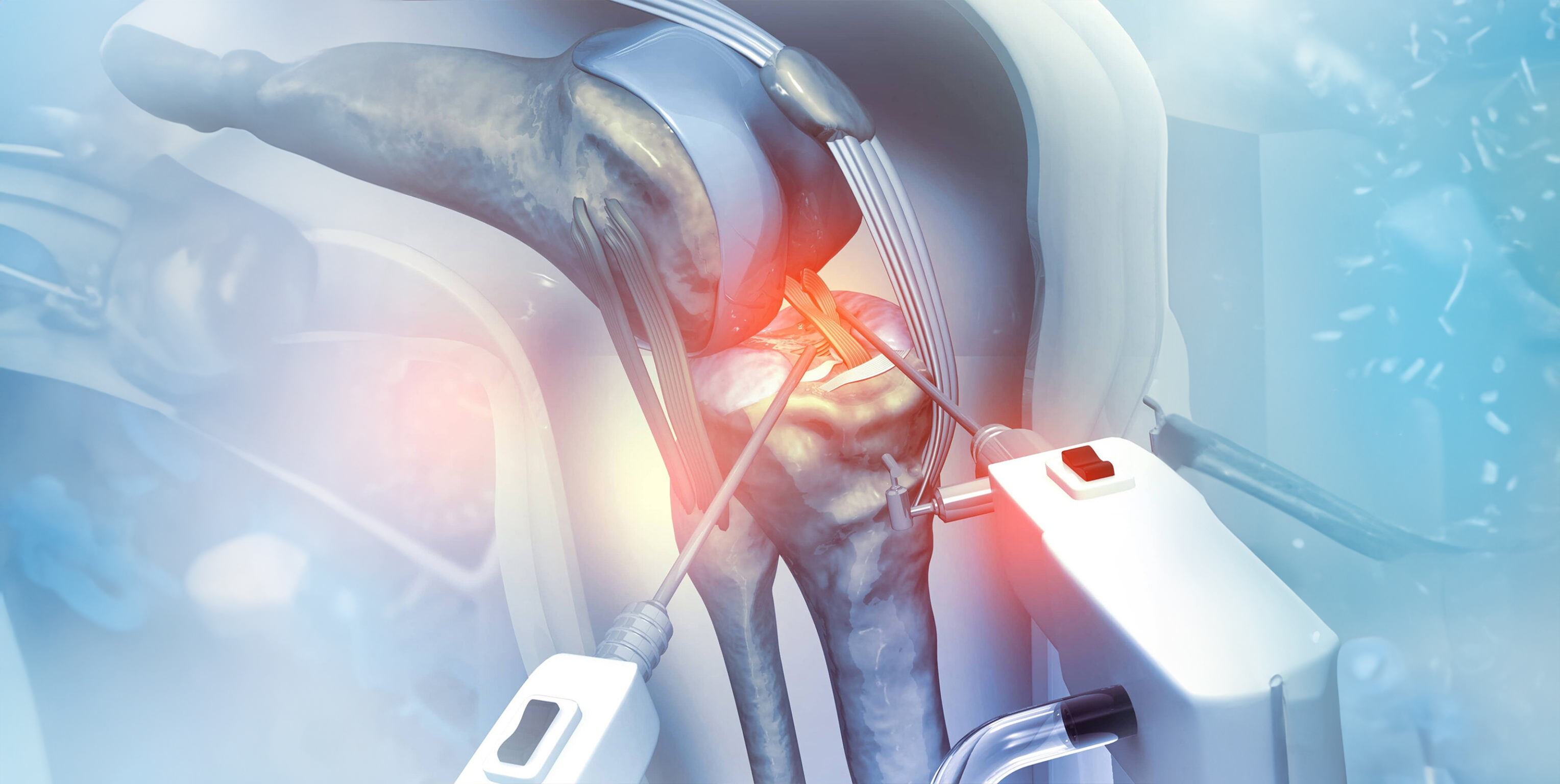


Surgeries completed
Robotic Knee Surgeries
Years Surgical Experience
Joint Replacements
Dr. Arumugam may recommend knee arthroscopy if you suffer from:
Torn meniscus or meniscal tear
Anterior cruciate ligament (ACL) injuries
Cartilage damage due to sports or wear and tear
Synovium inflammation inside your knee
Loose bone fragments or damaged tissue floating inside the knee joint
Knee osteoarthritis causes pain and restricted movement
Soft tissue injuries or ligaments of the knee are damaged

Dr.S.Arumugam and his team are the epitome of expertise in knee care, leveraging years of experience and advanced equipment to deliver unmatched results.
A meniscus tear is a common knee injury where the cartilage between the thigh bone and shin bone gets damaged due to twisting or impact.
Meniscus tears are common in athletes and active individuals, especially those involved in twisting or pivoting sports like football, basketball, or tennis. Older adults may also suffer meniscus injuries due to age-related degeneration.
Knee arthroscopy is a minimally invasive surgical procedure used to diagnose and treat knee problems. Instead of large cuts, the surgeon makes small incisions and inserts a thin camera called an arthroscope into the joint.
This camera shows detailed images on a screen, allowing the surgeon to see inside the knee and use tiny instruments to repair or remove damaged tissue.
Because it's a keyhole surgery, recovery is quicker, scars are smaller, and the risk of complications is lower than with traditional open surgery.
1
Anaesthesia
Surgery is usually done under regional or general anaesthesia.
2
Small Incision
Surgeons make small cuts around your knee.
3
Insertion of Arthroscope
The arthroscope is used to project a clear view of the inside of your knee joint.
4
Surgical Instruments
Miniature tools repair torn ligaments, trim cartilage, or remove loose bodies.
5
Closure
The small incisions are stitched, bandaged, and recovery begins.
The surgery is done under anaesthesia, so you won’t feel pain during the procedure. Mild swelling and pain after surgery are normal and controlled with medication.

Knee arthroscopy is a minimally invasive, keyhole procedure used to accurately diagnose and treat complex knee joint problems—often with faster recovery, smaller scars, and better long-term outcomes. Many conditions treated with arthroscopy respond exceptionally well, especially when addressed early. Under...